
Keg O-Ring Materials Selection! – EPDM, Silicone and Buna-N?
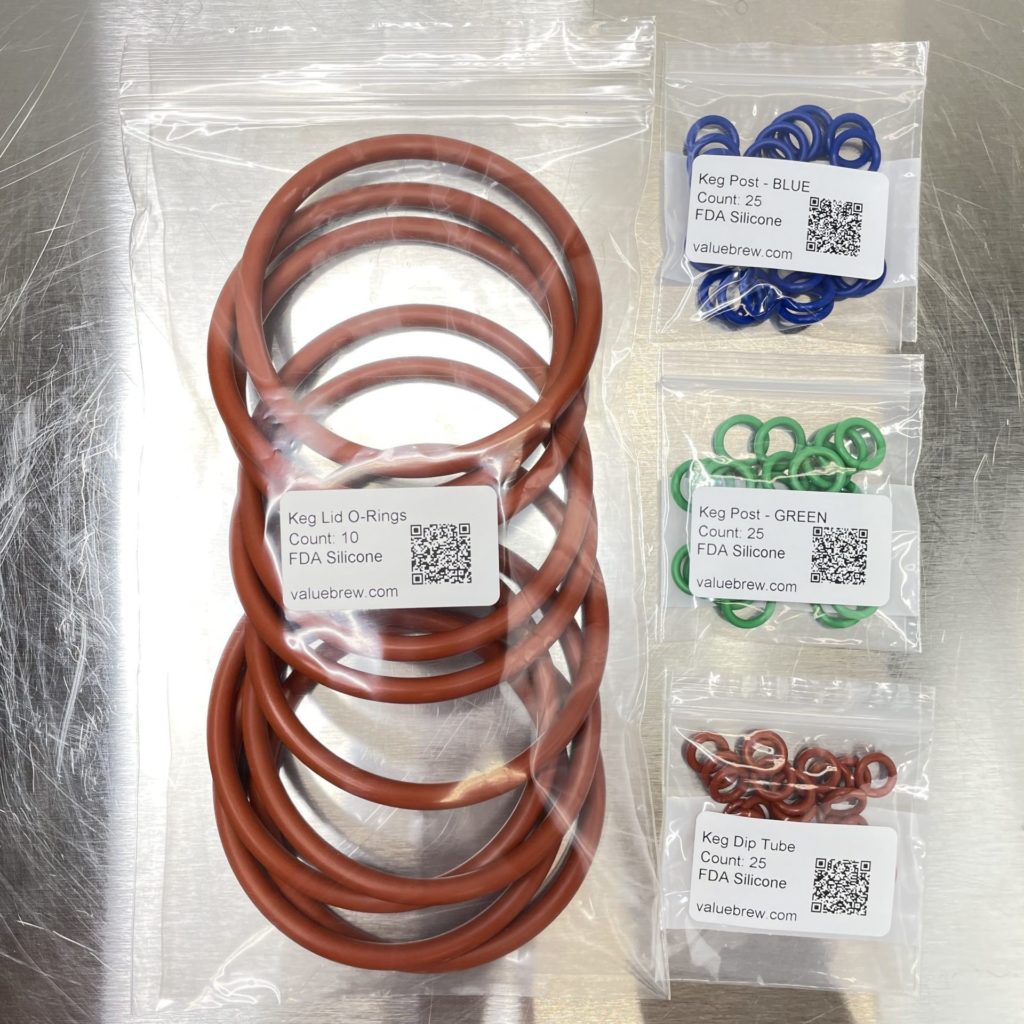 See More About O-Rings in our Keg Rebuild Post – Jump To: Replacing O-Rings
See More About O-Rings in our Keg Rebuild Post – Jump To: Replacing O-Rings
Selecting the Right Material for Keg O-Rings
I would venture a guess that Silicone and Buna-N are the two most commonly used compounds for keg o-rings. EPDM, which has been the choice of professionals for a long time, is probably a distant third, but coming on strong since they’ve become more accessible to homebrewers.
This post is going to take a look at all three, with the goal of helping your choose the right material for your application.
But first things first, let’s talk about food safe materials…
Food Safe Materials for Keg O-Rings?
Most of the o-rings that are marketed to homebrewers do not claim to be food safe.
In my experience, it’s extremely difficult to find offerings that claim to be safe for food contact. Maybe some of the o-rings that are available are food safe, but very few are actually labeled as such.
But why? One possible reason… they aren’t food safe. Beyond that, one industry insider I spoke with said suppliers have a potential problem with fulfillment. Since many options and materials are available, It’s difficult for some distributors or sellers to guarantee you’re getting a food safe option.
- Just because an o-ring is marketed for use in a keg doesn’t automatically mean that the materials and production processes used are food safe.
- If you think about it from a random supplier or manufacturer’s perspective… they don’t know what you’re putting in your keg, maybe it’s not even food. The problem that we, as homebrewers, have is is… beer is food and meant for human consumption.
- You cannot say all o-rings made from [fill in material here] are food safe. Certain quality standards and processes are required.
One notable supplier features all food safe o-ring offerings.
Generally speaking, food safe o-rings may cost a little more, but, we’re, generally, only talking a few cents per o-ring. It’s worth it.
If you’re using your keg for anything food related (beer=food)… My recommendation is to purchase o-rings made out of material safe for food contact.
Compound Selection – Comparing EPDM, Silicone and Buna-N
Terminology
- Compression Set Resistance – A measurement of the ability of a substance to return to it’s original thickness after long term compression.
- Compressibility – How well can a material compress to make a quality seal? This is related to hardness, but practically it’s not exactly the same thing. Most keg o-rings are the same hardness, 70A, yet we see Silicone sealing better than Buna-N.
- Permeability – How well can well can air or oxygen transverse a compound. This is measured in different ways, I’m going to generalize labeling materials excellent or good.
- Typical Durometer – A measurement of the hardness of a material
Buna-N
- Compound: Nitrile-butadiene
- Operating Temperature: -30 F / 250 F
- Typical Durometer: 70A
- Compressibility: Fair
- Compression Set Resistance: Good
- Low permeability: Excellent
Buna-N/Nitrile is generally the cheapest material available for keg o-rings. It has low permeability, that means less uptake of off smells and flavors. Practically speaking Buna-N sometimes has an off smell that brewers don’t like. It’s also not nearly as good at returning to form as silicone. That can lead to flat spots and poor sealing.
Recommended For: Keg lid o-rings if budget is a driving factor. Especially for beers that you plan to age. Buna-N has lower oxygen permeability compared to silicone. If you can’t afford EPDM for that application, Buna-N is a good. If you’re going to try to save money by using Buna-N, I suggest regularly and thoroughly checking for leaks and proactively replacing o-rings. See below for an easy to remember schedule. I would refrain from using Buna-N on gas posts. This is a hard spot to check for leaks and you cannot see leaking CO2.
Silicone
- Compound: Silicone
- Operating Temperature: -58 F / 450 F
- Typical Durometer: 70A
- Compression Set Resistance: Excellent
- Low permeability: Good
Silicone is generally more compressible than Buna-N. Silicone also remains softer at cool temperatures. Because of this, silicone generally provides the best seal of the three compounds listed here.
Recommended For:
- Posts and Dip Tubes – Silicone offers the best seal and that’s very important when it comes to gas posts. These are cheap on a per o-ring basis so you can replace regularly to combat absorbed off smells and odors, which silicone has more of a tendency to pick up. These spots also have a small surface area so oxygen ingress is not a major issue.
- Keg Lid –
- Especially if tour keg lid or opening is dinged up or misshapen. Silicone will give you the best chance of getting a good seal in less than perfect conditions.
- If you’re aging beers for a long time, consider EPDM
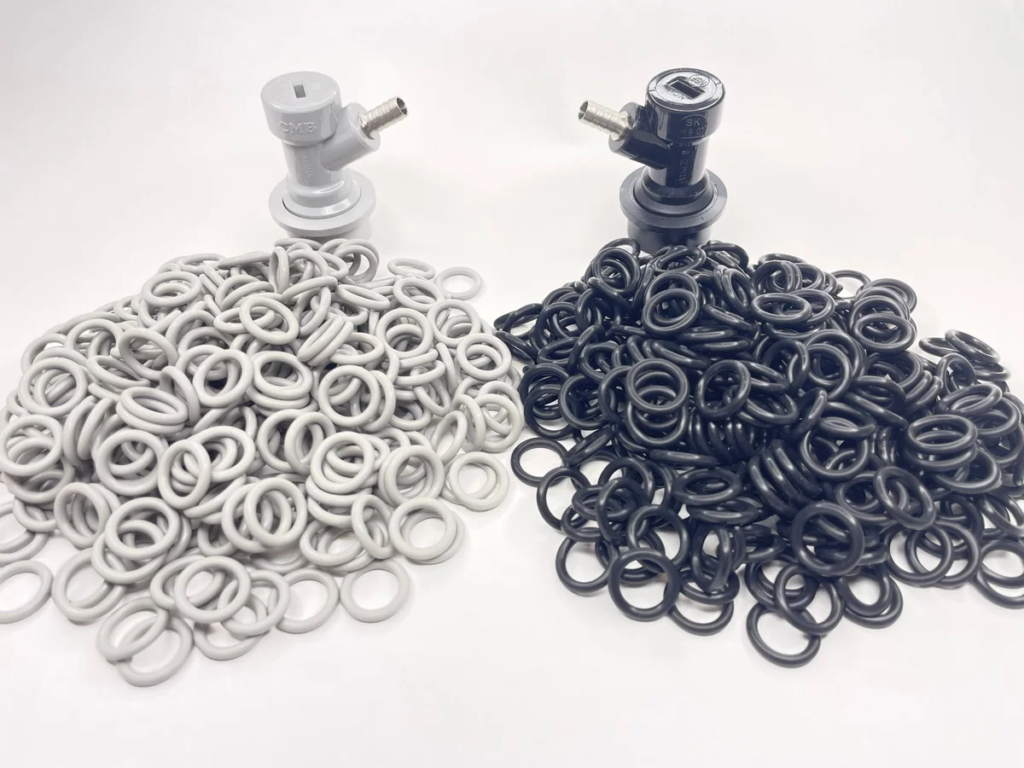 Custom Color Silicone O-rings at Valuebrew – available in two colors schemes, pictured gray & black (matches QD colors) and blue & green (blue for beer, green for gas)
Custom Color Silicone O-rings at Valuebrew – available in two colors schemes, pictured gray & black (matches QD colors) and blue & green (blue for beer, green for gas)
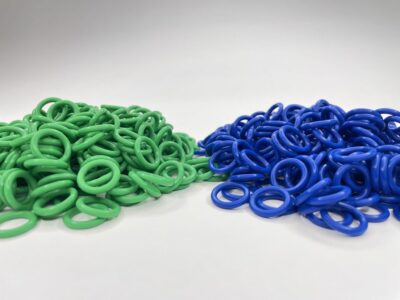 Compare: William’s Brewing has some alternate color options. However those are much more expensive on a per o-ring basis and, at least as of this posting, product descriptions give no indication at all what these are made from.
Compare: William’s Brewing has some alternate color options. However those are much more expensive on a per o-ring basis and, at least as of this posting, product descriptions give no indication at all what these are made from.
A Note on Gas O-rings I am quick to replace gas o-rings. A leak at the post is particularly difficult to test for. I have lost multiple tanks of CO2 before learning this lesson. In bulk, these are cheap, replace them liberally. See my section on keg o-ring life below, but my suggestion is to change these liberally.
EPDM
- Compound: Ethylene Propylene
- Operating Temperature: -65 F / 300 F
- Typical Durometer: 70A
- Compression Set Resistance: Good
- Low permeability: Excellent
EPDM is a favorite of many pro brewers for certain applications. It has some real advantages over silicone. One of the big ones is a much lower permeability. That means they’re less porous and more resistant to absorbing off-smells and off-flavors.
Until recently, these have not been available to homebrewers, or at least easily available. Valuebrew now offers these in bulk quantities at a reasonable price, albeit more expensive than silicone and Buna-N.
Recommended For:
- Keg Lids – especially when your beers will be aged in keg.
- Dip Tubes and Posts. IF you’re keg is in excellent condition…
I’m going to quote Valuebrew’s material selection guidance from their EPDM dip tube offering, because it’s well stated.
EPDM’s benefit of lower permeability and less uptake of off smells and flavors equates to less compressibility.
So, EPDM has some great benefits, but the trade off is that it may not seal as well as silicone. if your keg is in excellent condition and you’re willing to spend a little more money, EPDM is a great option. If it’s dinged up, I’d go with silicone.
BEWARE Of: Dip Tube O-Ring Applications
Generally speaking keg o-rings are standard sizes. There are some rare outliers out there, dip tube o-rings seem to be the most likely to be non-standard. In my opinion, best practice is to hang on to your originals so you can compare with replacements. In the event that your keg has non-standard dip tube o-rings, you should contact the manufacturer for replacements. Fortunately this is a rare issue, standard sizes fit the vast majority of kegs.
If you want to try EPDM on your dip tubes, you should check for leaks. If your keg varies from standard even slightly you may get a leak with replacement EPDM o-rings. Valuebrew suggests buying both if you’re going to try EPDM at the dip tube location.
Issue: Oxygen Pickup from the Lid O-Ring
The following is from Kee Doery via a conversation we had regarding o-ring material selection. Kee is one of the people behind Kegland. Kegland is making some amazing things for homebrewers! Check out our large library of Kegland reviews.
At the moment the majority of keg manufactures including ourselves have been using silicone o-rings for the lid o-rings. Silicone has good “spring” properties and bounces back really well. It’s also soft so it seals well when the lid is not on straight. With that said one major issue is that silicone has very high oxygen transmission rate. For instance as the lid o-ring is so large it has a lot of surface area and thus has a substantial impact on oxygen transmission.
Commercially we would consider 100ppb oxygen in the beer to be the limit of oxygen to get into the beer before we consider light coloured beers to be oxidised. With a silicone o-ring this 100ppb oxygen limit will be reached about 1-4 months of being stored. (at colder temperatures the transmission rate is less which is another good reason to store the kegs cold). If we use other rubbers we can extend the life substantially. The second hand old cornelius kegs used nitrile rubber which was more than 20 times better than silicone with respect to oxygen transmission but has the main issue that when under pressure for some time would get flat spots on the o-ring and not spring back well.
So…. oxygen ingress from a keg lid can have a negative impact on the beer as quickly as 1 to 4 months. This leads to my recommendation above to use EPDM for keg lids.
Sourcing O-Rings
- Silicone
- EPDM
- Buna-N/Nitrile
- Keg Lid O-Rings
- Keg Dip Tube O-Rings
- Keg Post O-Rings
- Custom Color Silicone O-rings
How Often Should You Replace Keg O-Rings?
As stated previously, I think you should replace all keg o-rings when you refurbish or obtain a used keg.
What about after that? Of course, you could just keep using them until they break, they smell or look horrible or… until you lose a tank of CO2 due to an o-ring related leak. On the other end of the spectrum some people change o-rings every time they keg.
Depending on material, keg o-rings have a shelf life. At some point, materials may become brittle. Beyond shelf life, o-rings wear out from use – compression and abrasion. The other potential issue is materials compatibility. Do your o-rings break down from the chemicals you subject them to?
Keg manufacturer AEB says to replace o-rings yearly. AEB produces some of the best kegs on the market and I agree with the one year in most cases. Because of their very low cost, I suggest changing high contact, high risk leak o-rings more often.
High Risk:
- Post o-rings: Especially gas. Leaks originating from gas post very difficult to detect.
- Gas dip tube o-rings: Leaks here are easier to detect, but I also classify these as high risk. A leak at either the gas post or gas dip tube is invisible and has frustrating consequences… heading to your CO2 source to swap or fill a tank. Better safe than sorry.
High Contact: Internal QD and Universal Poppet O-Rings. These touch every ounce of beer that’s poured.
I suggest using Daylight Savings dates as a reminder. Something like this…
- Daylight Savings Begins (Spring): Replace high leak risk and high contact o-rings – Post O-Rings (especially gas), Gas Dip Tube, Internal QD O-Rings and Universal Poppet O-Rings.
- Daylight Savings Time Ends (Fall): Replace all keg, poppet and QD o-rings.
Most of these o-rings are pennies each when bought in reasonable bulk quantities. Regularly replacing, costs very little and helps stave off unwanted off flavors, leaks and lost CO2. This schedule should keep your kegs working great from a gasket perspective.
The one gaskets that are a little more expensive are lid o-rings. If you wanted to get a little more life out of those, you could replace lid o-rings in odd years when Daylight Savings Time Ends (Fall). This would make them two years old when they’re replaced.
Why replace o-rings even if they’re holding pressure?
In my opinion, you’re going to want to replace all the o-rings in your keg. Generally speaking they are going to be worn out and even if they aren’t they’ll smell of soda pre-mix. Beyond that, who knows what they’re made from. Start with a clean slate. As you saw earlier, the o-rings in this keg were a grubby mismatch of soda drenched o-rings
Sanitizing O-Rings in Star San?
Keg o-ring materials – Silicone, EPDM and Buna-N – are generally compatible with Star San. However that doesn’t mean that you can soak these in Star San endlessly.
Star Stan could eventually damage o-ring (and lots of other things) given excessive exposure. Contact time for Star San is five minutes. That’s about how long you should leave a part sitting in Star San.
Star San Tips & Tricks
Rebuild Your Kegs
More Keg Parts – The Go-To Reference!
Our Curated List of Keg Deals!
Recent Deals!
10 Most Recent Homebrew Resource Posts & How-To’s!
We are Homebrew Review HQ! Our 10 Most Recent Reviews
Also: Kegerator Tips & Gear | Keg Repair Part #s | Recent Keg Finds
Our Top Draft Resources!
- The Most Difficult Spot to Check for CO2 Leaks
- Keg O-Ring Materials Selection! – EPDM, Silicone and Buna-N?
- Why Do I Have Bubbles in My Beer Line? Diagnosing and Fixing Kegerator Foam Problems
- Five Benefits of Using Corny Kegs As Fermenters
- Rebuilding & Reconditioning Homebrew Kegs!
- Food Safe Replacement Keg O-Rings in Bulk
- Hands on Review: Kegland DuoTight Fittings & EVABarrier Tubing!
- Why Won’t My Homebrew Keg Carbonate? Fixing Draft Beer Carbonation Problems
- What Does a Flow Control Faucet Do?
- Upgrade Your Kegerator – 6 Improvements!
- Serve Homebrew on Any Kegerator & Convert Commercial Kegerator to Homebrew
- Tips and Gear for Growler Filling
- What’s the Difference Between Ball Lock Kegs and Pin Lock Kegs?
- Checking for Draft System CO2 Leaks – Using The Pressure Gauge Method
- Tip: Consider Oetiker Stepless Clamps for Kegerator Gas and Beer Lines
- Hands On Review: Inkbird ITC-308 Dual Stage Temperature Controller +WiFi Version
- Universal Poppets Tips and Tricks!
- Convert Your Mark II Keg & Carboy Washer to a Recirculating Draft Line Cleaning Pump!
- Step by Step: Finding and Fixing Keg CO2 Leaks
- Kegerator Beer Line Temperatures & Reducing Foam with a Recirculating Fan
- Kegging CO2 Use Estimations and Calculations
- Step by Step: Balancing Your Kegerator Draft System
- Building a Simple Ball Lock Draft Line Flushing Setup
- Build a Recirculating Draft Line Cleaning Pump
- Home Brew Keg Roundup – New & Used, 5 and 2.5 Gallon & More!
- Damp Kegerator? Fix Kegerator Condensation
- Portable Draft Beer Serving Options!
- Homebrew Temp Controller Roundup! – Kegerator and Fermentation – concepts, applications and models
- Bulk Keg Orings and Keg Repair Part Numbers
This post may contain affiliate links. We may make a commission when you use our links. This will never cost you extra. Thank you for supporting Homebrew Finds!
Note: Stated material specifications are general, actual specifications will vary from supplier to supplier.
Make sure the components you use are compatible and rated for your intended application. Contact manufacturer with questions about suitability or a specific application. Always read and follow manufacturer directions. tag:lnksfxd toppost:oringmaterials #tag:tpr

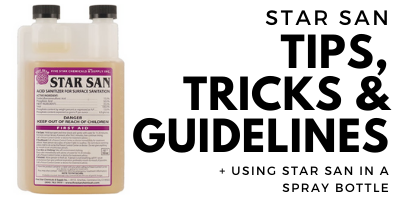
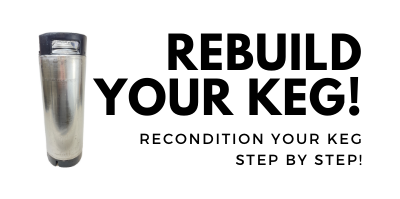
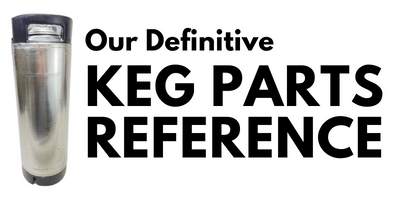
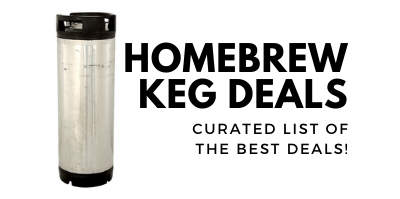



Is EPDM’s oxygen permeability as good as Buna N?
Generally speaking EPMD and Buna N have similar oxygen permeability.